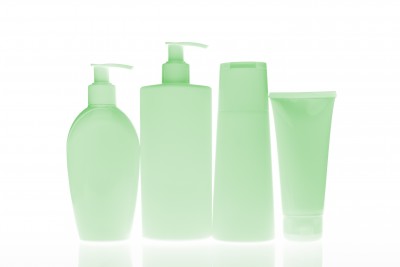Have you ever wondered who ensures the safety of your sunscreen? With many people, including pregnant women and children, choosing to wear sunscreen on a daily basis throughout the summer months, it is imperative that the sunscreen on the market is safe and effective. With that in mind, on November 26, 2014, Congress enacted the Sunscreen Innovation Act to provide an alternative process for review of safety and effectiveness of nonprescription sunscreen with the U.S. Food & Drug Administration (“FDA”).
The Sunscreen Innovation Act does not relax the FDA’s scientific standards for evaluating safety and effectiveness of sunscreen ingredients. It also does not reduce the amount of adequate and relevant data on which to base FDA determinations regarding sunscreen ingredients. Rather, the regulatory process known as a time and extent application process, or “TEA”, for short, allows manufacturers to request that the FDA inspect certain active ingredients in over-the-counter (“OTC”) products. This process is mostly used when a manufacturer is able to sell an OTC product in foreign countries, but not the United States.
The first step of the TEA is for a manufacturer to prove to the FDA that it has been selling their product, with the requested active ingredient, as an OTC in one or more countries for a certain amount of time and in a manner consistent with the way it would be used in the United States. Next, the FDA will evaluate the available data on the active ingredient to determine whether it is safe for OTC use. The FDA evaluates the data submitted to determine whether an active ingredient is generally recognized as safe and effective (GRASE) for its intended use. If an ingredient is found to be GRASE, then it can be sold OTC in the United States.
Before the Act went into effect, there were 8 TEAs submitted to the FDA for review. On January 7, 2015, six (6) of the eight (8) ingredients were classified as not GRASE for use in sunscreens because more data was needed from the manufacturers to help establish the safety and effectiveness of these ingredients. On February 24, 2015, the final two (2) ingredients were also classified as not GRASE by the FDA for the same reasons as the others, in that more data was needed to demonstrate safety and effectiveness for OTC use.
As the Sunscreen Innovation Act and FDA regulation of sunscreen illustrates, even though some products may be legally sold in other countries, they may still be banned or heavily regulated in the United States. The United States has very stringent controls in place to ensure the highest quality and safety of products sold to consumers. If you are selling a product that is to be ingested or applied to the skin, it can be a difficult process to figure out which rules apply to your product and what procedures must be undertaken in order to safely get your product to market.
We offer assistance with premarket review, label reviews, and ensuring that your product complies with FDA regulations. If you would like assistance with your products, please contact us at contact@sglawfl.com.



